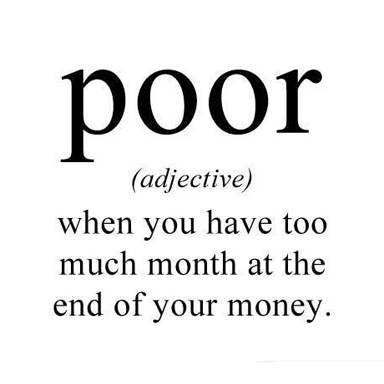The pitch for a no-cost refinance sounds pretty attractive: replace your current mortgage with a lower-interest rate mortgage and pay nothing for the privilege of doing it. But before signing on the dotted line, it’s important to realize that “no cost” doesn’t typically mean “free” when it comes to refinancing.
The true meaning of “no cost”
No-cost refis usually mean that borrowers won’t pay upfront costs to get the new mortgage loan — so they might better be called “no-initial-out-of-pocket-cost refis” — but that doesn’t mean the loan won’t cost in the long run. In general, there are two ways a lender can offer a no-cost refinance:
- ) The lender waives the closing costs but will charge a higher interest rate on the loan in exchange;
- The lender rolls the closing costs into the total loan amount, and the total amount of the closing costs becomes part of the principal owed to the lender. Of course, sometimes no-cost refis really come at no cost because borrowers don’t pay higher interest rates or get closing costs rolled into their loans, but this tends to be the exception, not the rule.
Pros and cons of a no-cost refi
The biggest benefit to a no-cost refi is that borrowers won’t have to pay upfront costs to get new loans. Because closing costs average roughly $3,700, this can mean a big initial savings.
Borrowers typically pay for this initial savings in the long run. If borrowers paid higher interest rates in exchange for paying no closing costs, they may pay far more for their mortgages over the life of the loans. Consider a $200,000 loan for 3.75 percent if the borrower pays closing costs or the same size loan for 4.1 percent if the borrower does not pay any closing cost upfront. Over a30-year term with a3.75percent interest rate, the borrower would pay roughly $133,000 in interest.A borrower with a4.1percent loan, would pay roughly $148,000 in interest.The difference is far more than the $4,000 of closing costs. If closing costs are wrapped into the principal, borrowers may also pay more over the life of the loan because they owe interest payments on the loan amount and closing costs.
Is a no-cost refi right for you?
Refinancing, whether it’s no-cost or with closing costs, may make sense for people who want to: lower their interest rate, which means they pay less money over the life of the loan; lower their monthly payments, which can free up more cash to pay bills; and shorten the term of the loan, which likely means higher monthly payments, but that the borrower pays far less to the bank in interest over the life of the loan. Often though, borrowers pay a price (closing costs) to refinance, so they need to make sure that they’ll end up saving money by refinancing. Typically, paying closing costs upfront makes more sense for people who plan to stay in the home for longer than five years, because paying these costs upfront tends to save money in the long run.
If borrowers don’t have the money for closing costs but want to get in on the low interest rates being offered right now, a no-cost refi might be a good option. Evaluate mortgage payments at their lower costs using Zillow’s mortgage calculator. In general, a no-closing cost refinance may make sense for borrowers who don’t plan to stay in their homes for longer than five years, even if the interest rates are slightly higher. The no-cost refi option still may be cheaper in the short-term than paying the upfront closing costs. However, borrowers have to do the math. To figure out if a no-cost refi makes financial sense, ask the lender to do a side-by-side comparison of the total cost of the loan (principal and interest) and monthly payments with closing costs upfront verses rolled into the loan.
Caveats
Rates and terms for no-cost refis vary, so get quotes from at least three lenders before deciding which one to go with. Note that even no-cost refis might include upfront costs. For example, most lenders only guarantee the interest rate for 45 or60 days; if the loan takes longer to process than 45 – 60 days, borrowers may have to pay a fee to get that interest rate re-extended. Finally, beware of the fact that some lenders who offer refis have instilled a prepayment penalty, which forces borrowers to pay fees if they prepay some part of the loan within a specified amount of time (often five years). Before agreeing to the loan terms, ask the lender to explain all fees and penalties.
This article was written by Catey Hill on behalf of Zillow.
























